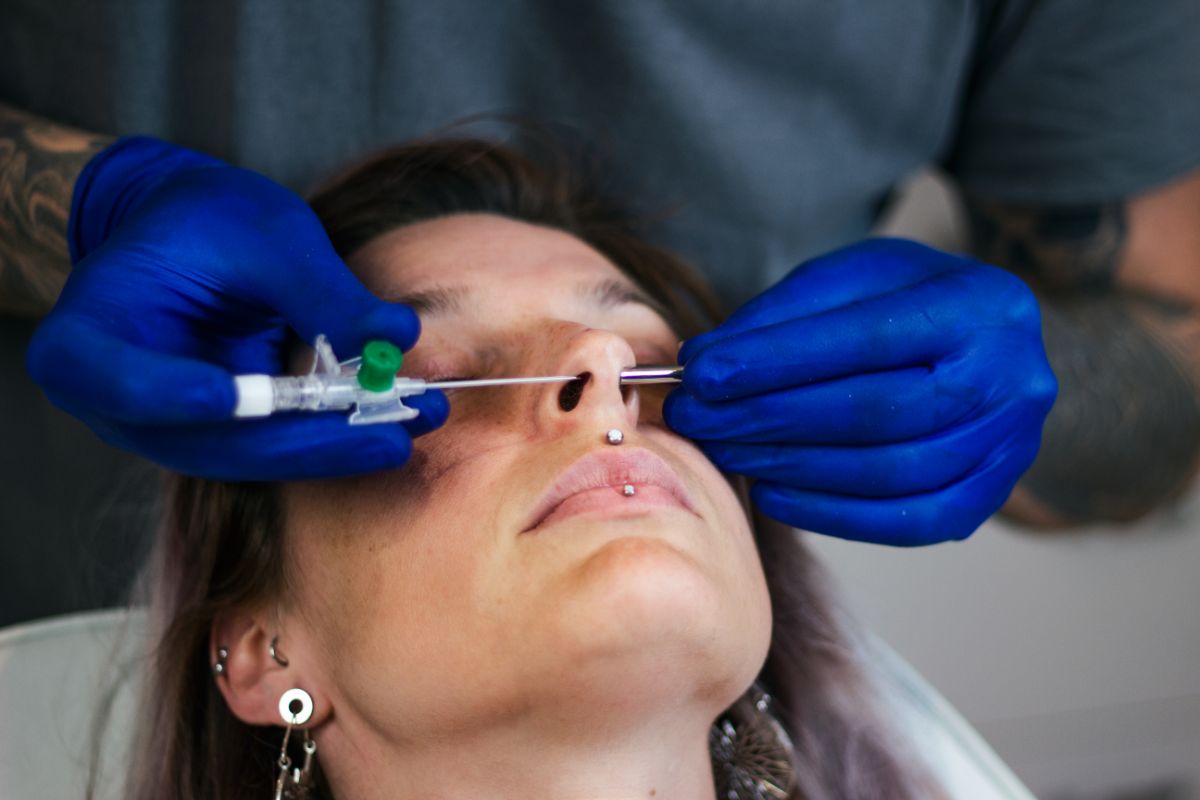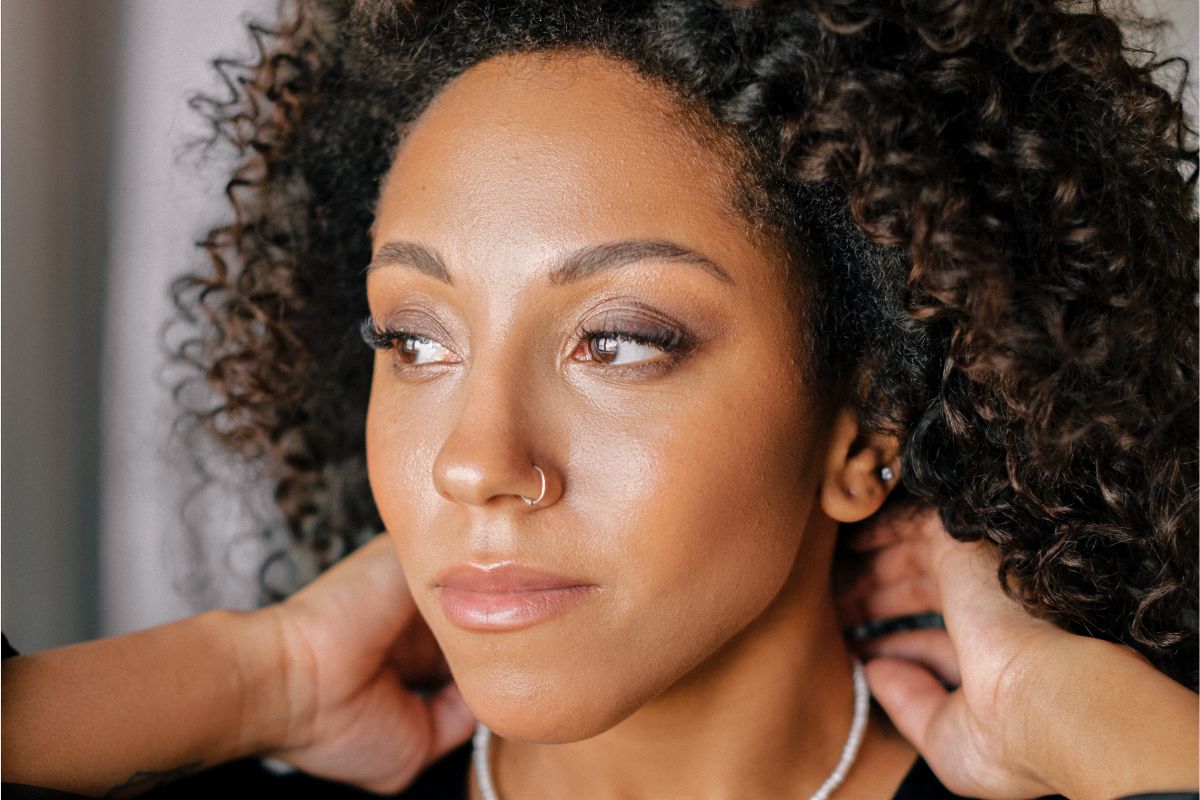It's amazing that a 2.5-inch ear can get so many piercings. Your ear is a relatively small organ, and yet despite its size, piercing artists can get you heaps of jewelry pieces to accessorize your ear. Ear piercings have been around for a long time. In fact, the practice of ear-piercing dates to five thousand years ago.
Even though people living on alternative lifestyles have embraced different body piercings, ear piercings have remained the most popular of all. According to piercing artists, ear piercings will never go out of fashion.
Whether you consider yourself the conservative or liberated type, we're certain you can attest to how your ear piercings have elevated your look and made you feel more confident about yourself.
Ear piercing has been practiced for centuries. Over the years, people have discovered that they can pierce other parts of their ear and not just the earlobes. The evolution of ear piercing has influenced millions of people worldwide to experiment with their ears. These days, it's not uncommon to find people sporting five to seven piercings on each ear! The fantastic part about ear piercing is that once you dare try something different, you'll get hooked! If there's still so much space in your ears to accommodate more jewelry, read on!

What Are the Different Types of Ear Piercings?
#1 Industrial Piercing
Other terms for industrial piercing are construction, bar, or scaffold piercing. This piercing perforates your upper ear twice. It has a unique design that will surely turn heads. It's one of the most unique ear piercings on the market.
#2 Lobe Piercing
As the name implies, the piercing is done in your earlobe. According to research, this is one of the least painful parts of the ear because it's fleshy. The pain lasts between five to six weeks. Out of all ear piercings, the lobe is the fastest to heal. It's also the most versatile. Once the wound is completely healed, you can try on different jewelry styles.
#3 Traverse Lobe Piercing
Piercing artists modernized the old classic earlobe piercing and developed transverse lobe piercings. In this type of piercing, barbel jewelry runs across the earlobe instead of inside to outside. The angle of the piercing depends on the size and shape of a person's earlobe.
The downside to traverse lobe piercing is that the wound takes much longer to heal, which means the risk of getting an infection is high (To learn more about lobe piercings, read here).
If you're willing to take the risk for the sake of self-expression, go ahead but don't say we didn't warn you. You can lower your risk by ensuring that you clean your piercings diligently using safe and effective cleansers.
#4 Cartilage Piercing
If you're bored with your ordinary piercings and you want to be adventurous, why don't you give cartilage piercing a try? Cartilage piercing is trendy among men and women. The only challenge for a cartilage piercing is the pain.
Most people who have had cartilage piercings say the biggest struggle is during the first couple of weeks after getting their piercings. After that, they experienced tolerable pain and discomfort. But don't worry, once you complete the healing period, you'll fall in love with your new piercings!
#5 Orbital Piercing
An orbital piercing has two piercings but only uses a single jewelry piece to connect the twos. It's usually done in the ear lobes.
#6 Helix Piercing
Those who have helix piercings are thought to be tough, stylish, and lively! If these descriptions fit your personality, you should consider getting them.
The significant advantage of helix piercings is that they rank the lowest on the pain scale since the artist only uses a tiny needle to puncture your ear.
Most people wear barbell earrings for their helix piercings, but feel free to use any jewelry style you want!
#7 Forward Helix Piercing
What's a forward helix piercing, and what makes it different from the common helix piercing? Well, the main difference is their location.
Forward helix piercings are located down the ear proximal to the root of your ear's helix. The commonly used jewelry piece for this type of piercing is a stud, but you can use any jewelry you have.
#8 Daith Piercing
When a piece of jewelry is in the innermost fold of your ear, you call that a Daith piercing. Daith piercing is one of the most popular piercings because it is said to help relieve migraines.
Besides fashion, daith piercings offer therapeutic benefits. Everywhere you go, whether it's at the mall, library, grocery store, or at school, we're sure you'll bump into someone with a Daith piercing.
#9 Tragus Piercing
If you want to try a different spot in your ear, go for the tragus. A tragus piercing is just as famous and in demand as other piercings but beware because it can get painful.
Nonetheless, once you survive the first few weeks, you'll be glad you mustered up the courage to do a tragus piercing. Then, accessorize it with any jewelry you want. The possibilities are endless!
#10 Anti Tragus Piercing
This type of piercing is in your cartilage right above the earlobe. It's pretty like the tragus piercing.

Takeaway
It's mind-blowing once you discover the different locations where you can get your ears pierced. However, regardless of where you want to get pierced, the most important thing to remember is to keep the area clean and disinfected at all times to minimize the risk of developing an infection.
Even if you're wearing the most expensive jewelry or the most extreme ear piercing, it won't look attractive at all if it's infected.
If you're looking for a safe product to clean your piercings with, Dr. Piercing Aftercare can help.
At Dr. Piercing Aftercare, we've developed convenient medicated swabs that you can use to clean your piercings and keep infection at bay. In addition, we take pride in our ear piercing cleaning products. They are made and tested in a cGMP compliant and FDA-registered facility in America.
We use advanced technology on our swabs for easy application. Each pack contains thirty-six medicated swabs that are proven and tested to promote your body's natural healing process while preventing infection. Contact us today, or check out our website to learn more about our products.





